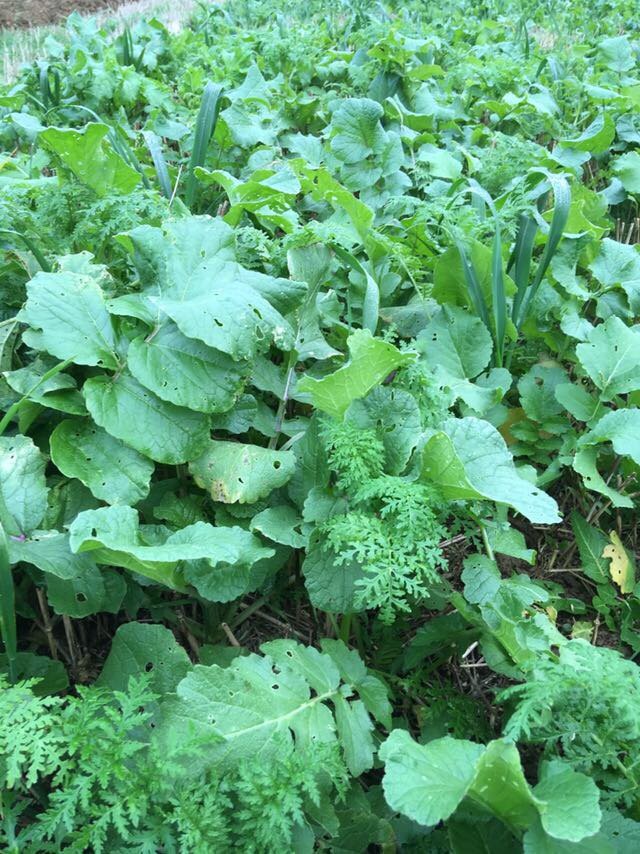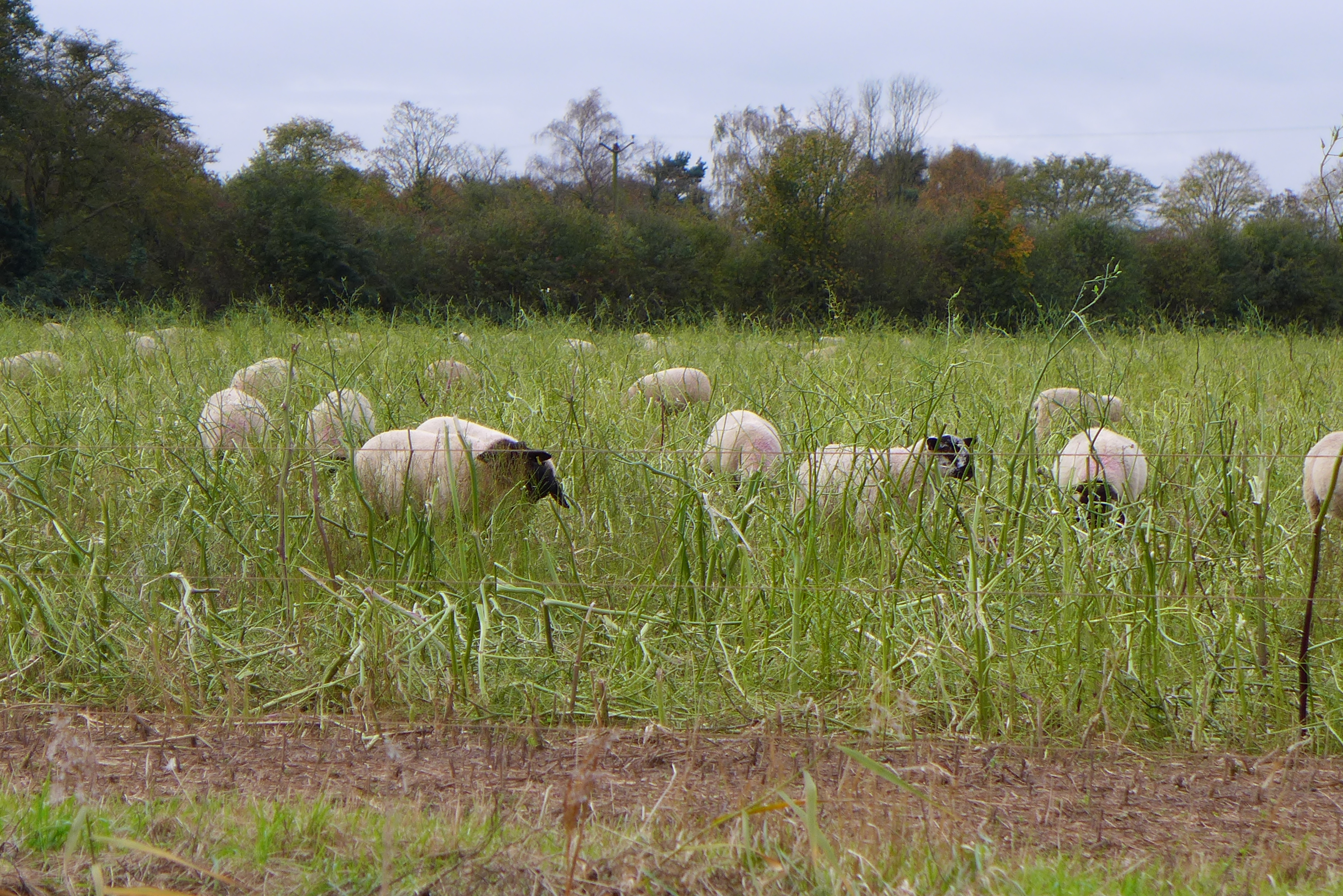Cover crop destruction: timings, species and methods
Nearly everyone is talking about cover crops. Soil health and ways to preserve it have been prominent topics at recent farmer meetings that I've spoken at and the area of cover crops planted post-harvest has significantly increased. This isn't really surprising given the growing focus on water quality and last January's change in Ecological Focus Area (EFA) requirements which saw the use of Plant Protection Products (PPPs) for nitrogen-fixing crops removed.
Despite the very dry conditions at harvest, the majority of green cover crops that were planted by late August have performed very well. Thanks to mild air temperatures, warm soils and adequate moisture availability, most cover crop species are flourishing. The only risk to this is the chance of a harsh frost, although these have been fairly limited to date.
If you have a good, bold cover crop that is doing a great job mopping up any available nutrients, improving soil structure and supporting a whole host of soil biota, you may be asking the question, "What should I do next?"
Well, good cover crop destruction will help to pave the way for successful spring cover crop establishment. To offer guidance, I've outlined some key steps below.Step 1 – Ask yourself, "Is the cover crop in an agri-environment or EFA option?"
If it is within an EFA option, you must ensure you comply with the key dates before you begin any form of destruction. EFA catch crops can be destroyed after 14th October, whereas cover crops cannot be destroyed until 15th January 2019.
If you are not bound by option rules, you can swiftly progress to Step 2.
Step 2 – Identify your cover crop species
If you have frost-sensitive species such as buckwheat, Phacelia or mustard, you may find that a run of hard frosts will do a good job of destroying the crop for you. However, more robust, winter-hardy species such as radish, vetch and cereals will need specific attention.
Step 3 – Think about your options for destruction. Are they mechanical, animal, chemical or a combination?
Mechanical
There is a lot of interest in the mechanical destruction of cover crops via full inversion (ploughing), flailing and crimping/rolling.
Full inversion may be the preference for some, however, this can go against the principle of minimising soil movement to help maintain and develop soil fauna.
Flailing will reduce the bulk whilst the crimping/rolling can work well in conjunction with prolonged frosts. When crops are flattened and their stems broken, this makes them far more vulnerable to the elements so is an ideal way to help the frost do its work. However, it's important to remember that crimping/rolling will not deal with full crop or weed destruction alone and will always need to work alongside another method.
Animal
Grazing can be a successful means of converting green cover biomass into fat lambs and more readily available nutrients. However, before going down this route you should consider soil types and ground conditions. Light to medium soils will carry stock well although you should make an effort to 'show them the field' rather than leave them on for a prolonged period. Another important factor to take into account is that, when you do graze, you will need to prepare your Livestock Manure Nitrogen Farm Limit. Many of our growers are seeing returns covering seed and establishment costs – plus margin – by grazing their cover crops. As well as benefiting the soil, this option can have a positive impact on the bottom line too.
Chemical
In most situations, the use of chemistry will help to deliver an effective and integrated opportunity. A herbicide will enable the efficient removal of both sown and weed species and is particularly beneficial for addressing grass-weeds at the same time.
If chemistry is the route for you, you'll need to consider Step 4.
Step 4 – Know the best time to spray your crop
A crucial part of the decision-making process is to speak to your agronomist about the crop in question, any accompanying weeds and the requirements of the following crop.
As with destruction deadlines, to ensure you meet compliance and scheme obligations you should plan when to sow your spring crop. Working back from your target drilling date by a minimum of six weeks will ensure that the active has adequate time to break down the crop canopy along with any weeds. This will then help to create the best medium to drill the following crop into.
Finally, don't forget this important consideration...
If you are taking a direct drilling approach or you aren't drilling your following crop until April (for example), you may be able to leave your cover crop in the ground for longer so it can benefit from the extra hours of daylight in January and February. This will increase crop biomass and rooting activity, giving you an extended period of soil cover should you need it.
However, if you are undertaking more conventional methods and particularly if you are on heavy soil, it is usually more preferable to drill your following crop as soon as conditions are favourable. In this instance, removing the cover crop at the earliest opportunity will allow time for the biomass to break down, as well as ensure your seed bed has had chance to dry out after spraying to ensure rapid establishment of the next crop.
Speak to Kings
When properly considered, the evolution of integrating cover crops within the rotation can bring significant benefits across the board through improved soil health, structure and better nutrition retention/availability. As highlighted, timing is everything so make the most of this period by discussing your cover crop utilisation and destruction plans with your advisor/agronomist.
For help and advice with any of the above, email our team or call us on 0800 587 9797.
As a subscriber, you’ll receive email alerts each time a new blog is published so you can always stay updated with the latest advice and insights from our experts







Comments